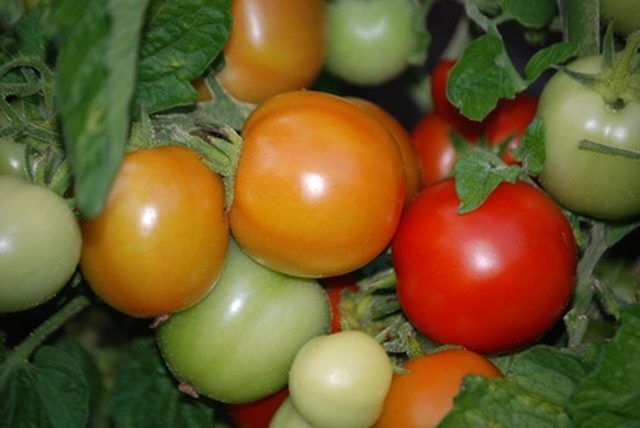Bulbs
Flower Basics
Flower Beds & Specialty Gardens
Flower Garden
Garden Furniture
Garden Gnomes
Garden Seeds
Garden Sheds
Garden Statues
Garden Tools & Supplies
Gardening Basics
Green & Organic
Groundcovers & Vines
Growing Annuals
Growing Basil
Growing Beans
Growing Berries
Growing Blueberries
Growing Cactus
Growing Corn
Growing Cotton
Growing Edibles
Growing Flowers
Growing Garlic
Growing Grapes
Growing Grass
Growing Herbs
Growing Jasmine
Growing Mint
Growing Mushrooms
Orchids
Growing Peanuts
Growing Perennials
Growing Plants
Growing Rosemary
Growing Roses
Growing Strawberries
Growing Sunflowers
Growing Thyme
Growing Tomatoes
Growing Tulips
Growing Vegetables
Herb Basics
Herb Garden
Indoor Growing
Landscaping Basics
Landscaping Patios
Landscaping Plants
Landscaping Shrubs
Landscaping Trees
Landscaping Walks & Pathways
Lawn Basics
Lawn Maintenance
Lawn Mowers
Lawn Ornaments
Lawn Planting
Lawn Tools
Outdoor Growing
Overall Landscape Planning
Pests, Weeds & Problems
Plant Basics
Rock Garden
Rose Garden
Shrubs
Soil
Specialty Gardens
Trees
Vegetable Garden
Yard Maintenance
What Is the Average Yield of Tomatoes Per Plant?
What Is the Average Yield of Tomatoes Per Plant?. Most homegrown tomato plants produce between 3 and 9 pounds of fruit in one season. Two or three plants are usually sufficient for a family of four for fresh eating. Plant two varieties, such as a cherry tomato for salads and a paste or slicing tomato.

Most homegrown tomato plants produce between 3 and 9 pounds of fruit in one season. Two or three plants are usually sufficient for a family of four for fresh eating. Plant two varieties, such as a cherry tomato for salads and a paste or slicing tomato.
Varieties
The yield of tomato plants depends in part on the variety. Beefmaster, a slicing tomato, produced almost 10 pounds of fruit in a Washington State University study, while Yellow Perfection, another slicing tomato, produced just under 4 pounds. Indeterminate tomatoes produce more fruits than determinate types generally, because they continue fruiting until the first frost. Determinate types produce one crop and then dwindle.
Growing Conditions
Hot weather and drought adversely affect tomato production. Tomatoes drop their blossoms, failing to produce fruit when temperatures remain above 85 degrees Fahrenheit, according to Purdue University's website. Drought, disease and poor soil also limit tomato growth. Plant disease-resistant varieties and provide good growing conditions for the most abundant yields.
Staking Methods
Indeterminate varieties grow on sprawling, robust vines. Gardeners may choose to prune and stake these plants or let them grow on the ground. Pruned and staked varieties produce fewer, but larger tomatoes, and are more prone to sun scald. Those grown on the ground produce smaller tomatoes in larger quantities. They have more problems with soil diseases. In general, pruning and staking is the preferred practice for producing high-quality tomatoes.